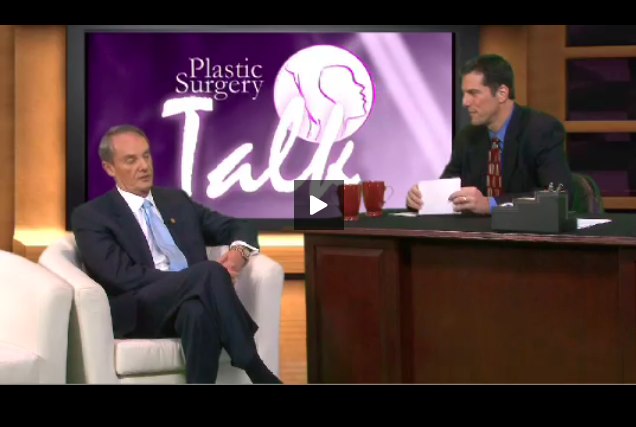
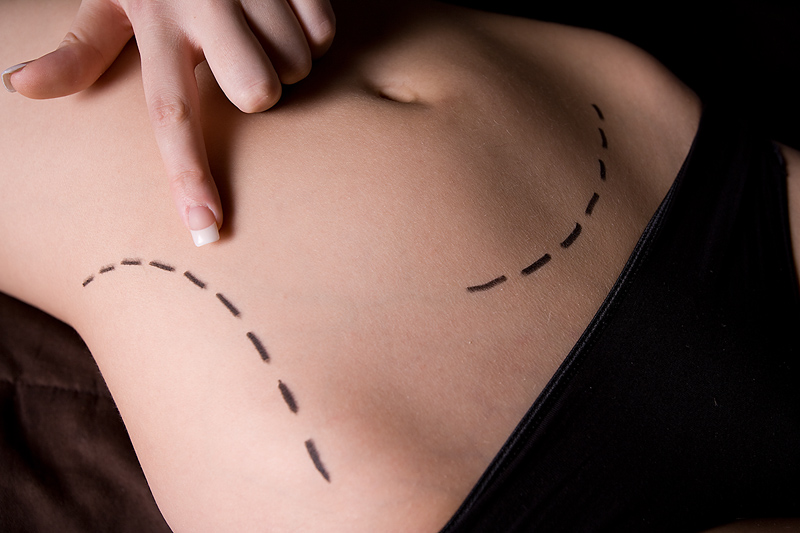
It may come as little surprise that liposuction is one of the most popular plastic surgery procedures today. After all, the idea of simply “sucking away” unwanted fat from nearly any part of the body sounds like a dream come true. Double chin? Jiggly thighs? Belly roll? When it comes to unsightly bumps and bulges, liposuction can be a great solution.
[media id=550 width=640 height=480]
But, that doesn’t mean the procedure should be taken lightly. Too many patients take a cavalier attitude about liposuction and, in some cases, put their bodies in the hands of poorly trained practitioners who have done little more than buy an expensive piece of equipment and complete a weekend course.
“Many people…think liposuction is a simple procedure,” says Dr. Peter Fodor, a leading expert on liposuction technology. “[But] fluids are injected, fluids are in the body, and it potentially can be dangerous. That’s not to say the procedure is not a very safe procedure when it’s performed by people who are properly trained.”
In fact, liposuction is not only safe, but technology has made the procedure more effectual and versatile than ever. Studies show that new developments involving the use of ultrasonic energy, super-wet tumescent techniques, and even non-invasive lipo treatments can deliver great results in less time, and with a shorter recovery.
“There are a bunch of different modifications of the standard technique,” says Dr. Fodor. “These include adding ultrasound energy to the liposuction with the aim of fragmenting the fat cells. Another procedure is called power-assisted lipoplasty — it’s like a sledgehammer advancing the cannula.”
Still, patients should not be duped by a clever marketing message, but rather seek out a board certified plastic surgeon and discuss with their doctor the clinical evidence for results promised by some of the newer liposuction devices. Ultimately, the most critical factor to effective liposuction is not the technology used, notes Dr. Fodor, but the person holding the cannula.




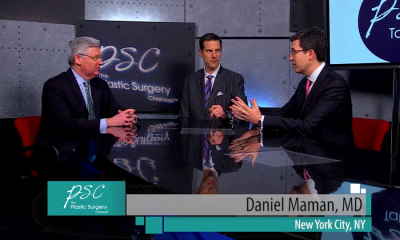
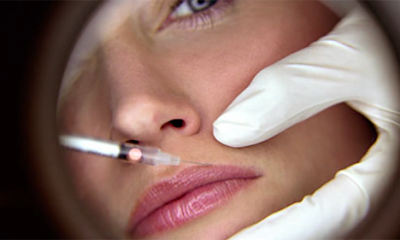
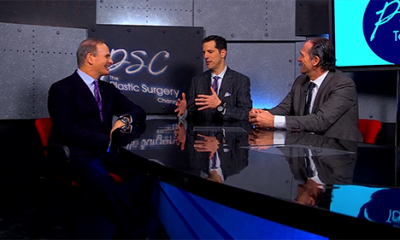
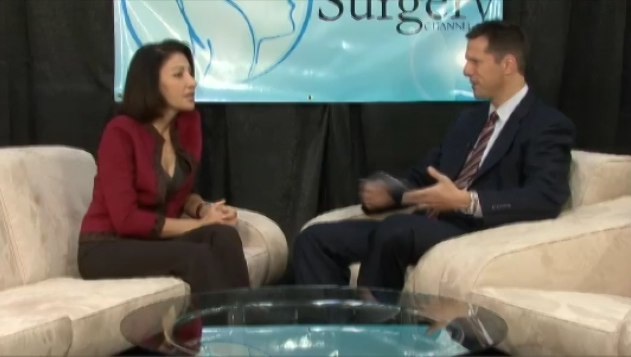
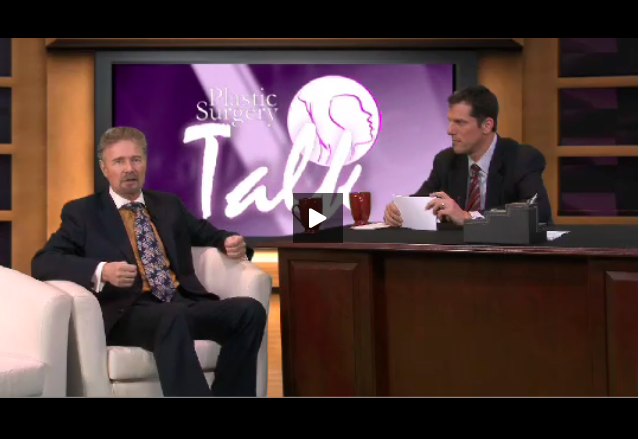
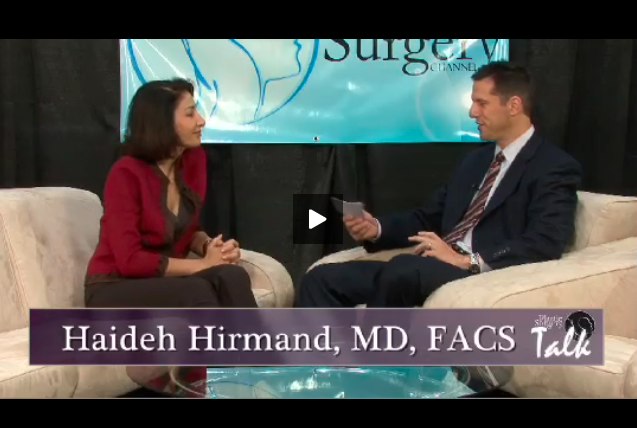




Facebook
Twitter
Instagram
YouTube
RSS